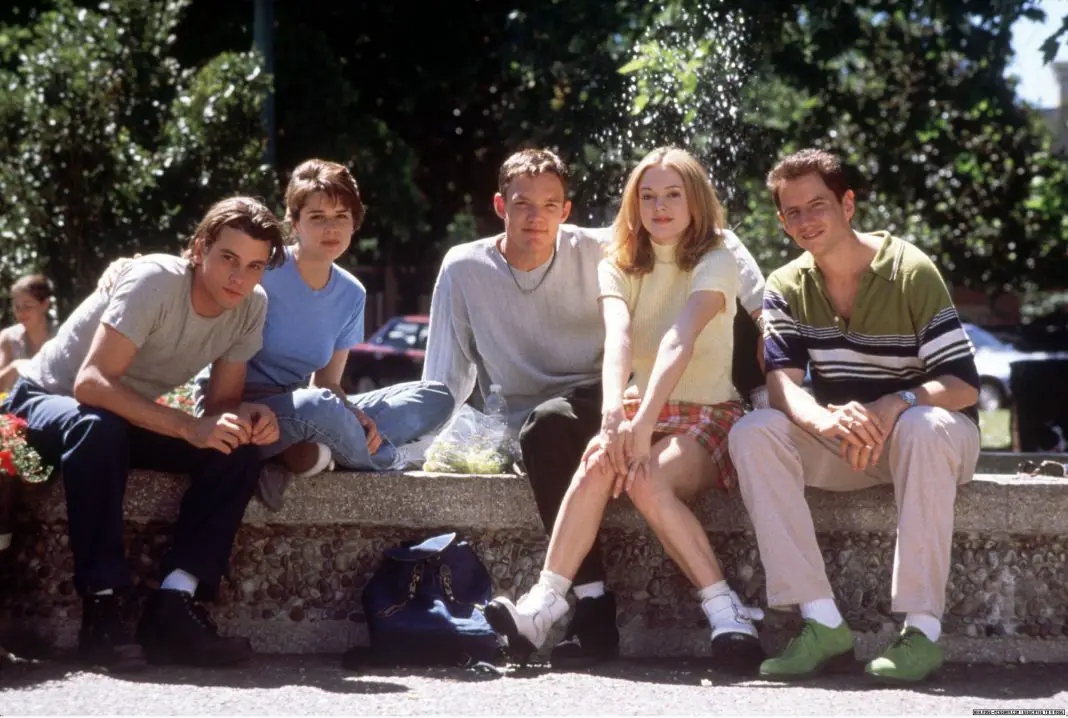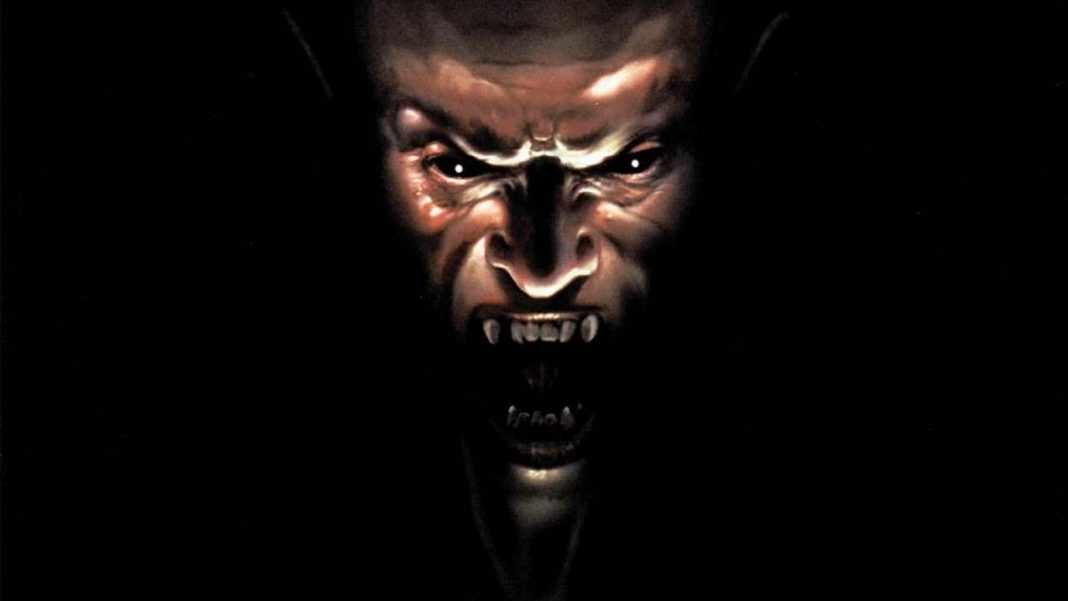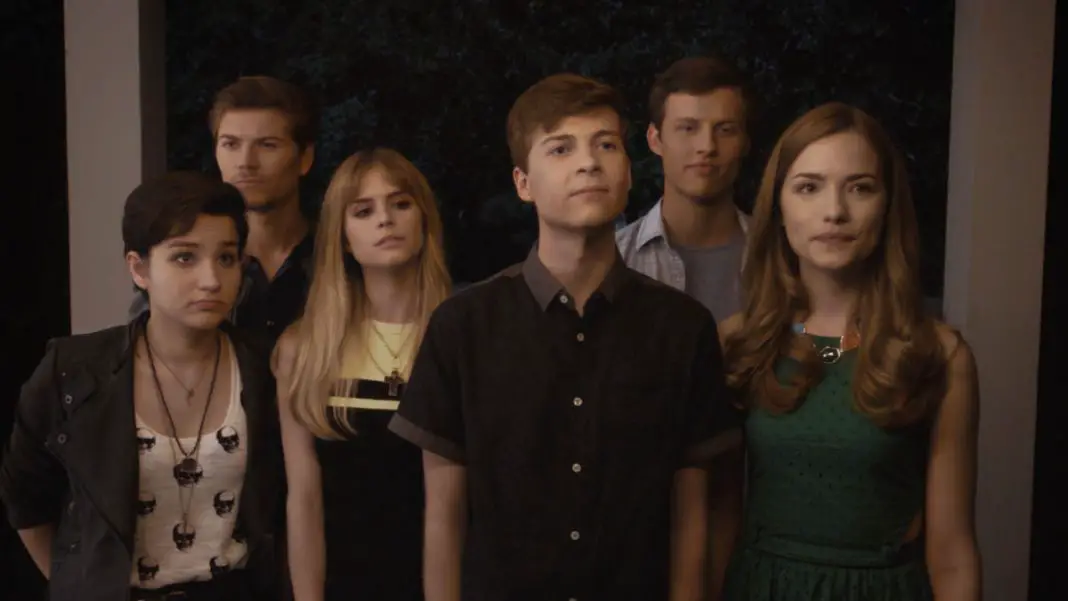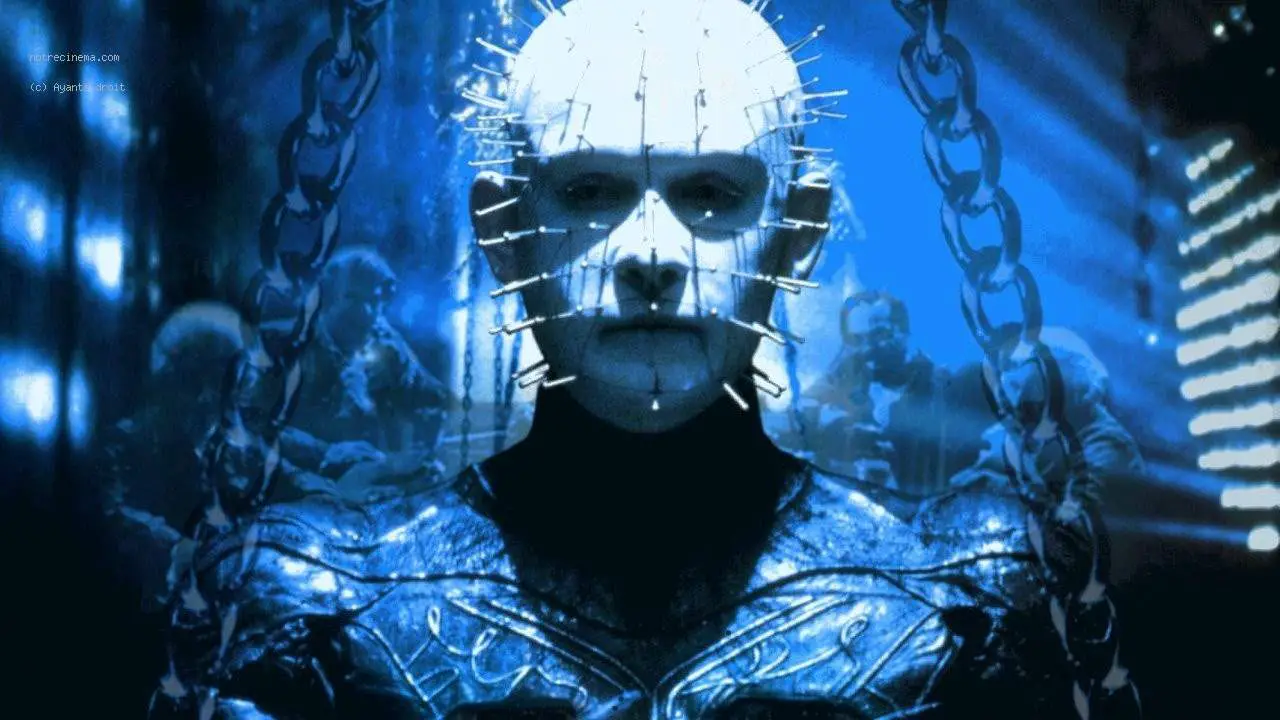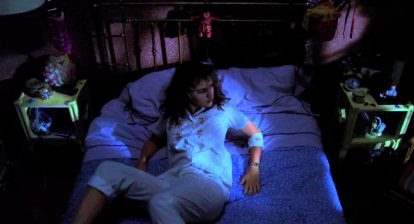To mark the twentieth anniversary of Wes Craven’s game-changing slasher, Scream, Wicked Horror presents a week of specially-themed content celebrating the movie’s enduring appeal. In this final installment, Joey Keogh discusses why the movie has such enduring appeal today.
Scream was a game-changer. That kind of goes without saying at this stage, because we’ve spent the last twenty years (and the past week, on this site) celebrating the indelible mark it made on horror specifically and popular culture generally. Wes Craven’s crafty meta-slasher let us know right off the bat it was going to be unlike anything we’d seen before, that opening brutally killing off the most famous actress on the bill in shockingly bloody fashion.
Casey Becker’s death is proper, insides-hanging-out gory, which is unusual for a slasher movie, never mind a horror comedy with as ruthless a streak of black, self-referential humour as this one. As hard as Saw, Hostel, et al might try, they simply cannot reach the heights of Drew Barrymore dangling from a tree with her intestines hanging out. It’s a vicious, cruel, nasty and ultimately quite brilliant introduction into the world of this movie.
And yet, the meta humour, present and correct right from the outset, which sees Becker matter-of-factly telling the inquisitive stranger on the other end of the line that only the first A Nightmare On Elm Street film is any good, lets us know we’re in the hands of genuine horror fans, who love, appreciate and, perhaps most crucially, understand our beloved genre as much as we do.
There are far too many references and nods scattered throughout the movie to count, but suffice to say Scream‘s self-aware, often also self-deprecating humour is spot on, well-informed and genuine. Craven and screenwriter Kevin Williamson weren’t try hard studio heads. Their movie is not a sly, cynical attempt at appealing to a load of weirdos. It is a weirdo.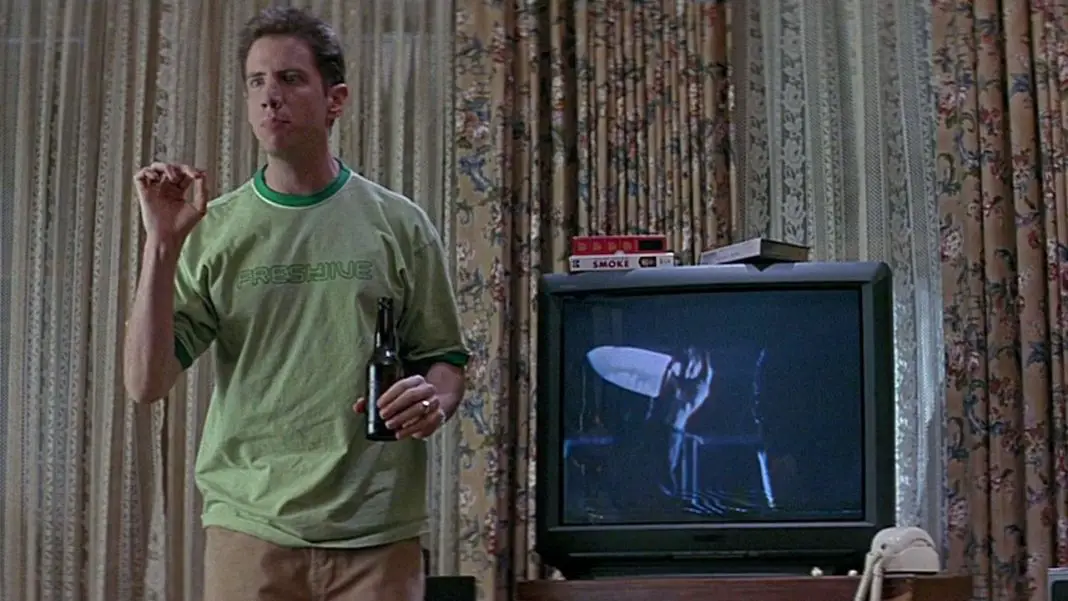
The flick has aged in the intervening years, from the clothes, to the hairstyles, those massive telephones and, of course, Sid’s PC, but it hasn’t devalued. It was so ahead of its time (and nothing has really come close to matching it in the years since) that Scream is still #1. It had instant replay value, thanks to all the horror Easter eggs contained within, and especially given everything that’s been released since, the movie just seems to get better with age.
Scream is endlessly inventive and clever, from flouting the cardinal slasher rules (so explicitly and eloquently explained by Randy) by getting Sidney laid but not killed, to wrong-footing us (horror obsessives and casuals alike) at every turn right up until the killers’ reveal, which is exceptional, hilarious and horrifying all at once. The flick somehow manages to keep raising the stakes as it hurtles towards its finale.
The ending is never assured and nobody is safe, which is hugely important given how previously we’d been so used to picking out who was going to go first, and who would last the longest. Consider that the party scene lasts a whopping 42 minutes onscreen (and took 21 days to capture), something that was virtually unheard of in a horror movie at that time – let alone a slasher. And, within that scene is the garage sequence, which is (understandably) the stuff of legend.
It’s worth noting, too, that Scream is incredibly well-made (again, weird for this sub-genre). Consider the way the camera moves, fluidly but with undeniable care, while the pounding, urgent, insistent score throbs along. There’s a wonderful shot of Ghostface reflected in Principal Himbry’s eye, right before he’s murdered, while the scale of the thing – set, as it is, in just a handful of key locations – belies its relatively humble aspirations.
The whodunnit at the centre of the movie is well-established and smart, tying in, as it does, to Sidney’s mother’s rape and murder one year previous. The audience spends the whole thing trying to figure out who’s behind Ghostface, but it doesn’t distract from how much we care about Sid, Randy, and their wider friendship group.
Thanks to Williamson, and his keen eye for wannabe-adult teenage lingo, they all sound like regular people too – hell, they sound like us, or what we wished we sounded like back then. The flick is also equal parts scary and funny, which is sadly rare for a horror-comedy, even today. And the whole thing ends with Gale giving a to-camera report comparing the events of the preceding days to the plot of “a scary movie”.
It’s a perfect, genius ending to a horror that twenty years later feels just as relevant. I was eight years old when Scream was first released, and the mystique surrounding the movie was undeniable – comparable only to The Blair Witch Project, which came out just three years later. The important thing to note about both movies is they’re still just as scary and unsettling as they were back then.
Hell, I just watched Scream alone in my apartment and I got scared, even though I’ve seen it roughly ten thousand times at this stage. Let’s face it, no slasher in the intervening twenty years has even come close to comparing to it. It’s one of a kind. We knew during that opening sequence, in the close to two hours of movie that followed (that still zips by like it’s five minutes and is, again, unheard of in this sub-genre), surrounded by characters we felt like were our friends, and we know it now.
Twenty years later, Craven’s instant classic is still king. Long may its reign continue.
